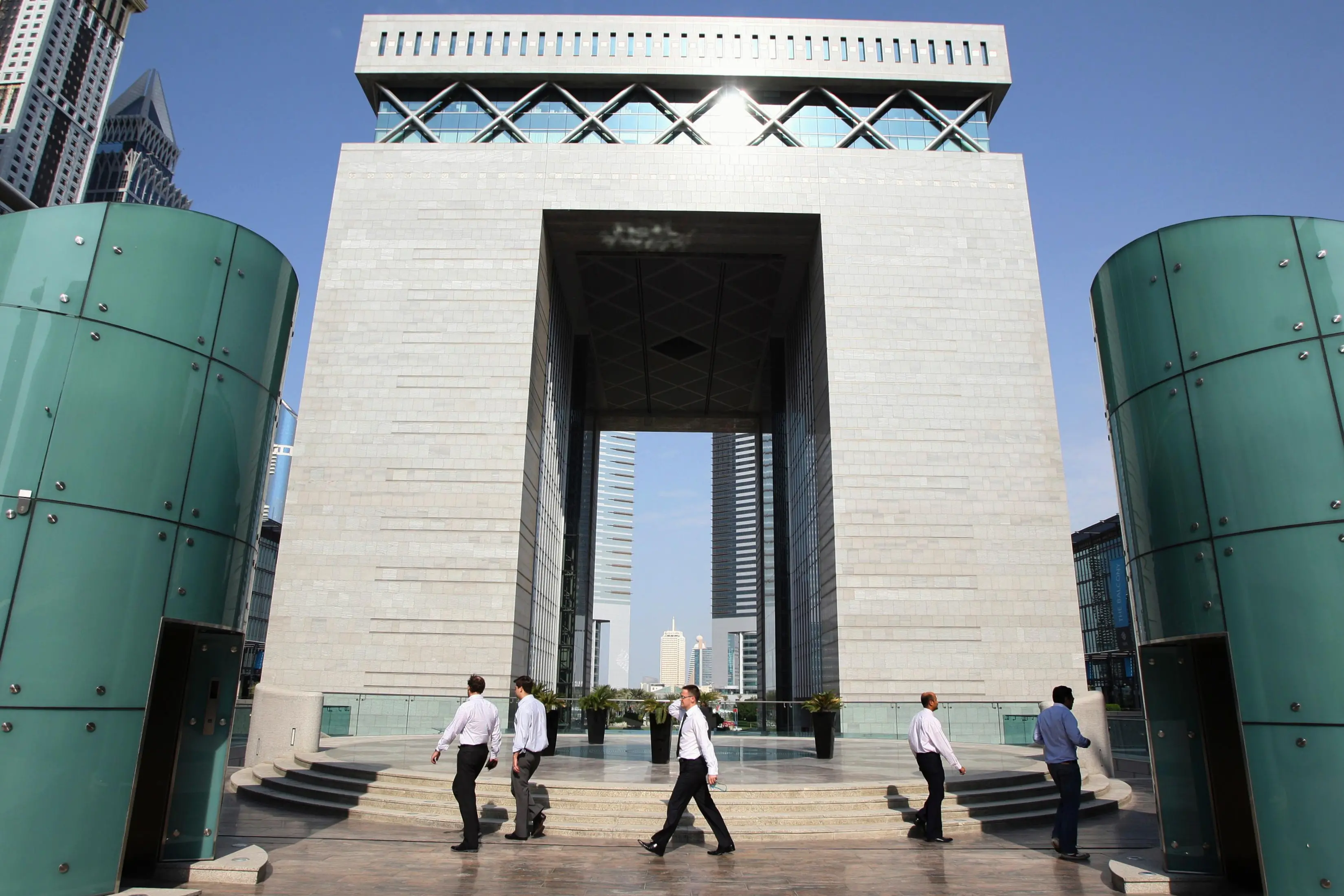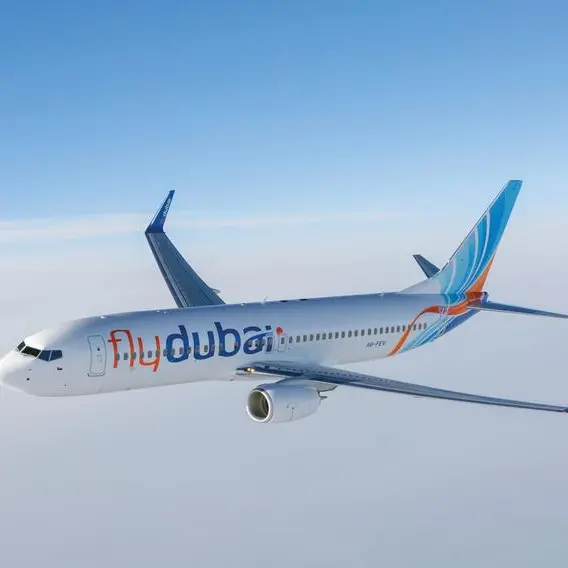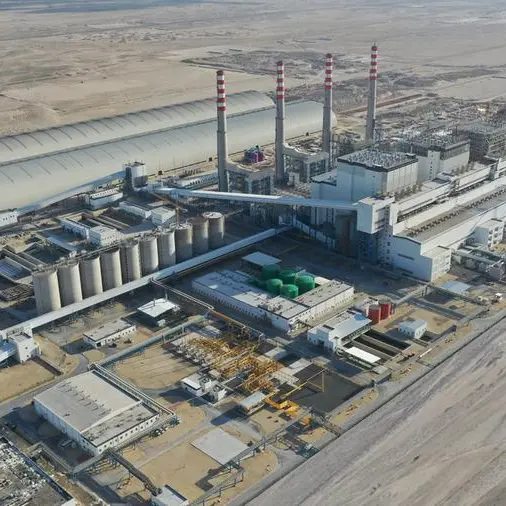PHOTO
Tuesday, Jul 25, 2017
Dubai: A number of leading Chinese and Indian banks are in the process of obtaining Category 1 banking licences in the Dubai International Financial Centre, according to a DIFC official.
“We already have some of the top Chinese and Indian banks already operating from the DIFC. We are a witnessing a renewed interest from banks and financial institutions from these two important countries in Asia. Within the course of next 12 months we expect around 10 banks from these two countries to obtain licences,” said Salmaan Jaffery, chief business development officer of DIFC without mentioning the names of these bank.
Currently China’s top four state-owned banks — Bank of China, Agricultural Bank of China, ICBC and China Construction Bank — have a presence at the DIFC. Jaffery said there has been strong interest from Chinese financial firms and state-owned banks to open operations from the DIFC.
The DIFC’s support to China’s ‘One Belt, One Road’ (OBOR) initiative and the proximity of the financial hub to a number of these markets to be linked through OBOR, makes the DIFC an attractive destination for many Chinese institutions.
DIFC is already home to leading Indian banks, financial institutions and fund managers including ICICI Bank, IDBI Bank, Punjab National Bank, Union Bank of India, State Bank of India, IIFL Private Wealth Management, L&T Capital Markets Limited and Aditya Birla Sun Life Asset Management Company Limited.
Kotak Mahindra Bank and Federal Bank upgraded their representative office status in DIFC to Category 1 Licence, with HDFC Life and Axis Bank, the third largest of the private-sector banks in India, also strengthening their operations in the centre.
Recent changes to domestic regulations in India, and the India-Mauritius tax treaty, mean that Indian asset managers are seeking alternative fund juristictions. The DIFC’s vibrant ecosystem, coupled with its efforts to improve ease of business and an enabling Qualified Investor Funds regime, has seen significant interest from Indian asset managers and private equity players in the DIFC.
Asia focus
As part of its 2024 growth strategy, the DIFC has refocused its growth to encompass the latent potential of the fastest-growing emerging markets in the Middle East, Asia and South Asia (MEASA) region and stimulate trade and investment flows along the South-South economic corridor.
As part of its Asia focus, the DIFC expects to attract more financial institutions from South Korea and Japan. “After going through a prolonged period of low growth environment, Japanese institutions are yield hungry. Clearly our region offers the growth opportunities they are looking for. As for Korean banks, a number of conglomerates and corporates are operating in the region. It is but natural for these banks and financial institutions to follow their clients to new markets,” said Jaffery.
The DIFC’s financial services firms represent a cross section of all major geographies, with 35 per cent originating from the Middle East, 17 per cent from Europe, 16 per cent from the United Kingdom, 11 per cent from Asia, 11 per cent from the United States, and 10 per cent from other countries.
Last year, more than 50 per cent of new companies that joined in the DIFC were from the southern hemisphere, while China, India and south-east Asia contributed significantly. The DIFC expects significant share of future growth to come from Asia and sees the region’s potential to take over Europe, UK and US, in terms of the number of companies operating from the DIFC.
By Babu Das Augustine Banking Editor
Gulf News 2017. All rights reserved.












